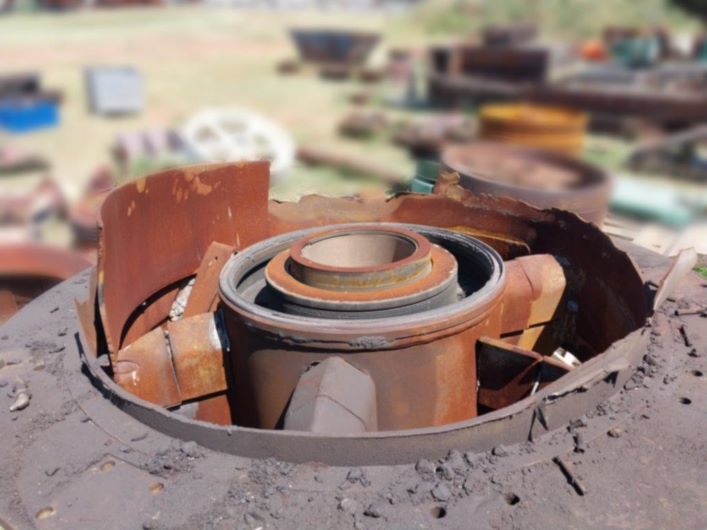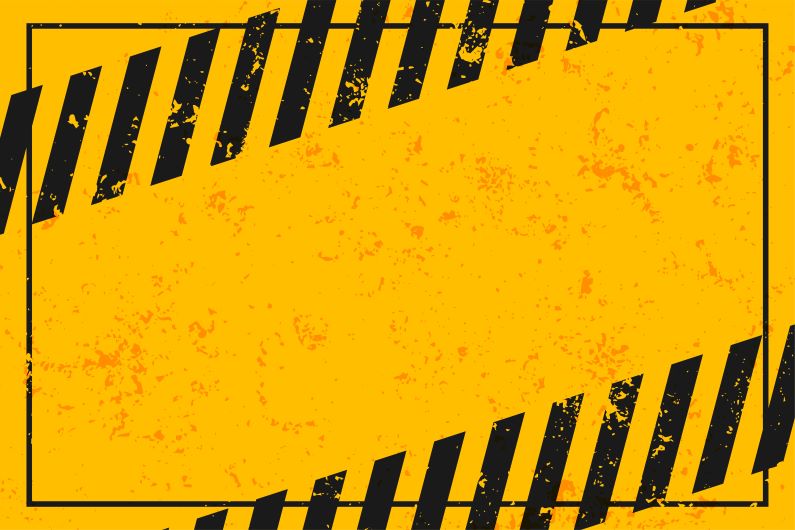
The optimal performance and longevity of critical equipment like jaw crushers and cone crushers, as well as the safety of personnel, often hinges on a crucial yet increasingly overlooked factor: preventative maintenance.
In today’s tough economic climate, there is always a drive to reduce costs, but cutting back on preventative maintenance comes with a high price, including workers’ safety, production and business losses, long-term reputational damage, and secondary failures, cautions Stefan Bekker, Aftermarket Business Line Manager at Astec Industries’ Johannesburg manufacturing facility. He says that his department has noticed an increase in breakdowns. “Preventative maintenance is designed to identify and address potential problems before they escalate into more significant issues. It enables parts requirements to be anticipated and planned for,” Bekker stresses.
He says that maintenance practices will dictate equipment’s performance and durability in the long term. Astec Industries’ unrivalled “Rock To Road” range of equipment includes durable jaw and cone crushers that have made their mark in the most arduous operating conditions around the world. However, even durable equipment requires preventative maintenance. Neglecting it can lead to a cascade of adverse consequences. These include avoiding failure on crucial components, leading to diminished productivity, higher operating costs and more frequent, expensive repairs. Unforeseen breakdowns can result in costly downtime and disrupted project timelines. Neglecting routine or preventative maintenance may compromise equipment’s structural integrity, which poses serious safety risks to personnel operating and working in proximity to the crushers.
Preventative maintenance can be split into three different categories: time-based, usage-based and condition-based maintenance. Time-based maintenance is scheduled at specific intervals, for example every three months or annually. Usage-based maintenance is performed after a certain number of operating hours or tons produced. Condition-based maintenance is triggered by the actual condition of the equipment, as assessed through monitoring or inspections, including technical assessments offered by Astec Industries.
Preventative maintenance requirements will vary from one type of equipment to another and are mostly based on the material specification of the product being processed. Bekker says that with Astec jaw crushers and cone crushers being utilised in various applications from aggregate to chrome slag, the replacement of wear components could differ from annually to weekly. “With more abrasive materials, more frequent assessments and interventions are needed due to the short period of time needed to critically damage equipment.”
Planning, including aligning parts availability for maintenance days, is crucial when it comes to preventative maintenance. Bekker contends that upskilling employees can help to address this and enhance preventative maintenance and its benefits. “We note that end users are more comfortable and confident with our equipment after on-site training by Astec Industries has been conducted. Staff training should be conducted on an ongoing basis due to the employment of new staff and the movement of employees within organisations,” he advises.
Advancements in technology have facilitated the monitoring and analysis of parameters for equipment such as jaw and cone crushers. However, visual assessments and interventions remain crucial for preventative maintenance, according to Bekker.
As part of its preventative maintenance service, Astec Industries offers on-site technical assessments. These comprehensive assessments entail disassembling the equipment to assess and recommend the necessary interventions. Astec Industries has partnered with a key customer to schedule technical assessments and they have benefited from a significant reduction in breakdowns, unplanned shutdowns and factory repairs, Bekker says. “They have also reduced production losses and been able to efficiently identify windows to conduct planned maintenance,” he concludes.
More news
- PART 2: CONCRETE IN THE DESIGN OF A UNIQUE LUXURY HOME IN GEORGE, SOUTH AFRICA
- PART 1: CONCRETE IN THE DESIGN OF A UNIQUE LUXURY HOME IN GEORGE, SOUTH AFRICA
- MVULE GARDENS, AFRICA’S LARGEST 3D-PRINTED AFFORDABLE HOUSING PROJECT
- PART 3: HARNESSING THE POTENTIAL OF HIGH SULPHUR FLY ASH IN CONCRETE PRODUCTION
- PART 2: HARNESSING THE POTENTIAL OF HIGH SULPHUR FLY ASH IN CONCRETE PRODUCTION





